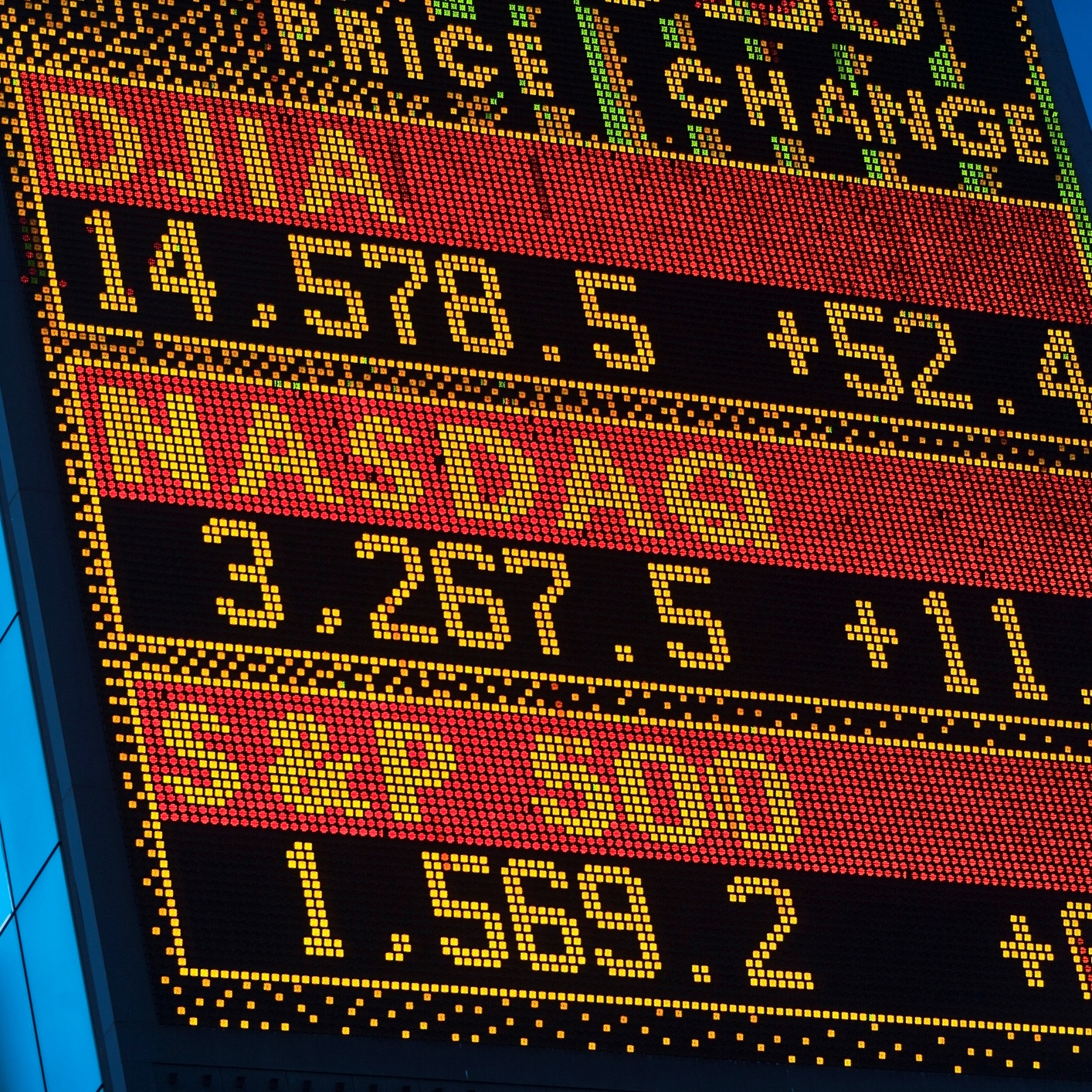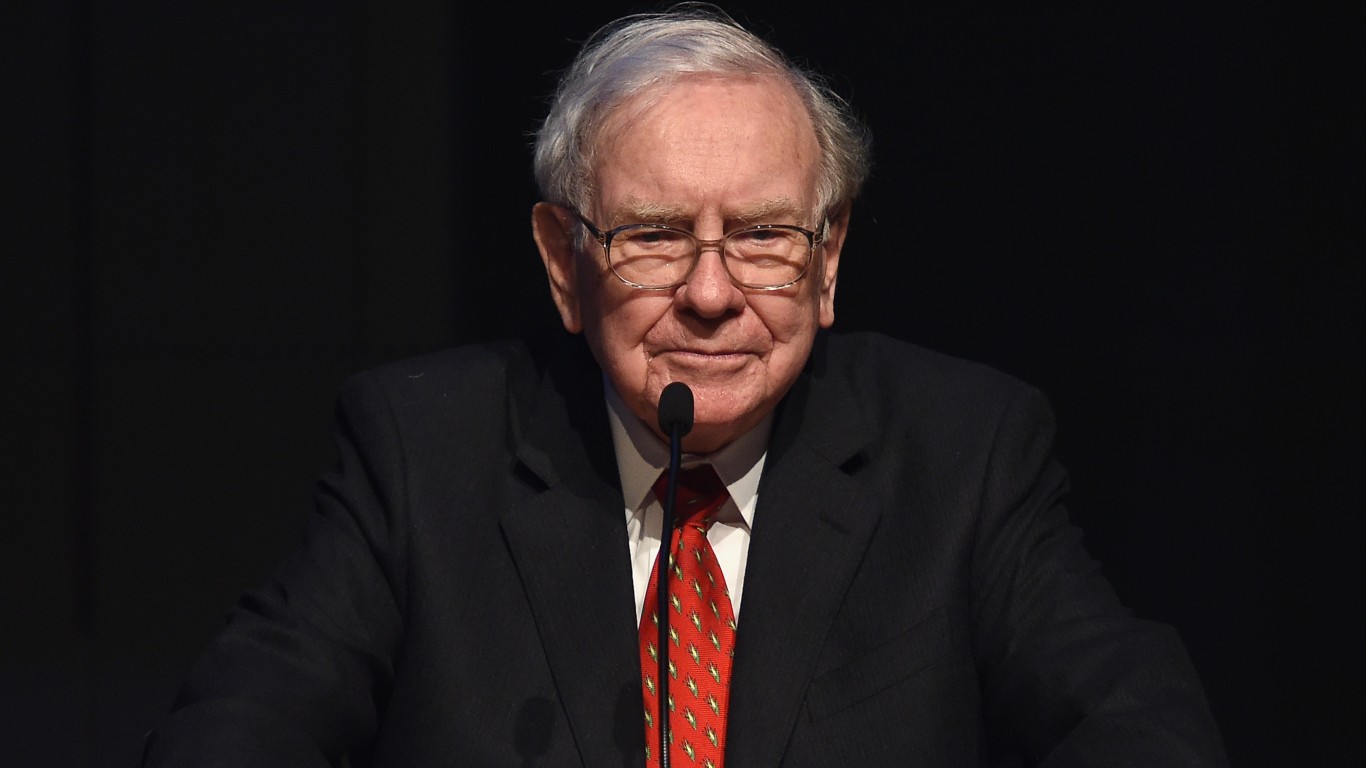
March 13, 2017: The S&P 500 closed barely higher on the day up 0.04% and 0.87 points at 2,373.47. Separately the DJIA closed slightly lower 0.10% on the day at 20,881.48, down approximately 21.50 points. Overall this was brought about by the financial sector with help from some of the smaller stocks in the tech sector. Most of the weakness we saw in the S&P 500 on Monday came from oil and gas, apparel stores, and airlines. A few very large companies pulled down the index as well even if they were the only ones in their industry doing so. Otherwise, the market was relatively flat.
Crude oil continued to fall if only slightly. Oil closed 0.16% lower at $48.41.
Gold was relatively flat on the day increasing only 0.22% or $2.70, still holding barely above $1,200, at $1,204.10.
As we have said before, the financial sector helped pull the S&P up along with most of the smaller tech stocks in the index. At first glance, this pick up in the tech sector bodes well for the future and it’s always good to see financials rally so that the market can get some legs under itself.
The only industries that had weak performance across the board were airlines, apparel stores, and oil and gas, but there were a few other select stocks with massive pull, which slowed the market. The other companies that pulled the Index down on the day included Merck, Intel, GE, and Bristol-Myers.
The S&P 500 stock posting the largest daily percentage loss ahead of the close Monday was Urban Outfitters, Inc. (NASDAQ: URBN) which traded down 3.5% at $24.29. The stock’s 52-week range is $22.87 to $40.80. Volume was 4.47 million versus the daily average of 2.59 million shares. The company saw its shares drop following a continued negative sentiment from its recent earnings report and a Friday decision from S&P to drop the stock from the S&P 500 Index.
The stock posting the largest daily percentage gain in the S&P 500 ahead of the close Monday was Citrix Systems, Inc. (NASDAQ: CTXS) which jumped 6.8% to $84.93. The stock’s 52-week range is $59.72 to $87.99. Volume was 5.19 million which is well above the daily average of around 2.09 million shares.
Are You Still Paying With a Debit Card?
The average American spends $17,274 on debit cards a year, and it’s a HUGE mistake. First, debit cards don’t have the same fraud protections as credit cards. Once your money is gone, it’s gone. But more importantly you can actually get something back from this spending every time you swipe.
Issuers are handing out wild bonuses right now. With some you can earn up to 5% back on every purchase. That’s like getting a 5% discount on everything you buy!
Our top pick is kind of hard to imagine. Not only does it pay up to 5% back, it also includes a $200 cash back reward in the first six months, a 0% intro APR, and…. $0 annual fee. It’s quite literally free money for any one that uses a card regularly. Click here to learn more!
Flywheel Publishing has partnered with CardRatings to provide coverage of credit card products. Flywheel Publishing and CardRatings may receive a commission from card issuers.
Thank you for reading! Have some feedback for us?
Contact the 24/7 Wall St. editorial team.





